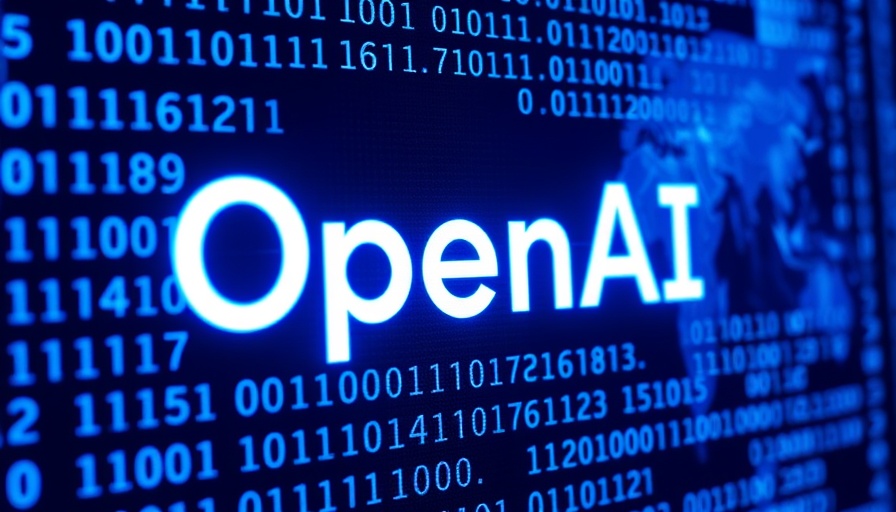
Keir Starmer’s AI Tsar Steps Down: What’s Next for AI in the UK?
In a surprising turn of events, Keir Starmer's artificial intelligence tsar, Matt Clifford, has announced his resignation after just six months in office. Citing personal reasons, Clifford, who previously authored the government's ambitious AI action plan, described his tenure as a privilege. His plans aimed at positioning the UK as a global leader in artificial intelligence will continue, as he steps back to focus on family.
Understanding the AI Action Plan: Key Takeaways
Clifford's 50-point AI action plan outlined essential strategies for fostering the UK's AI landscape. This included creating AI "growth zones" and embedding AI in public services—a call for innovation and infrastructure development within the sector. As tech enthusiasts, understanding these strategies can prepare you to engage with the implications this plan holds for both the tech industry and society at large.
The Controversy Over AI Policy: A Closer Look
While many celebrate the advancements in AI, the proposed copyright changes aimed at accommodating AI's needs have drawn criticism. Industry leaders argue that this shift poses threats to creative professionals. Is the government's focus on tech companies leading to a potential oversight of the creative sectors? Understanding these dynamics is crucial for anyone interested in the future of AI, especially as the discussion continues to evolve.
What Clifford’s Departure Means for the Future of AI
Clifford played a significant role in organizing the Global AI Safety Summit and establishing the AI Security Institute. His exit raises questions about the continuity of these initiatives and the future of AI governance in the UK. Who will take the reins, and how will this impact ongoing projects crucial for advancing AI safety?
Embracing AI: A Call to Learn
As the AI landscape rapidly changes, there's a clear need for everyone—from tech enthusiasts to industry professionals—to deepen their understanding of AI concepts. Resources like tutorials and beginner’s guides can help demystify AI, making it accessible to all. If you're curious about AI's impact on society or how to integrate AI tools in your work, now is the time to start learning.
 Add Row
Add Row  Add
Add 




Write A Comment